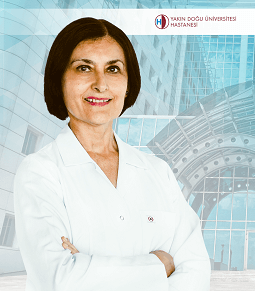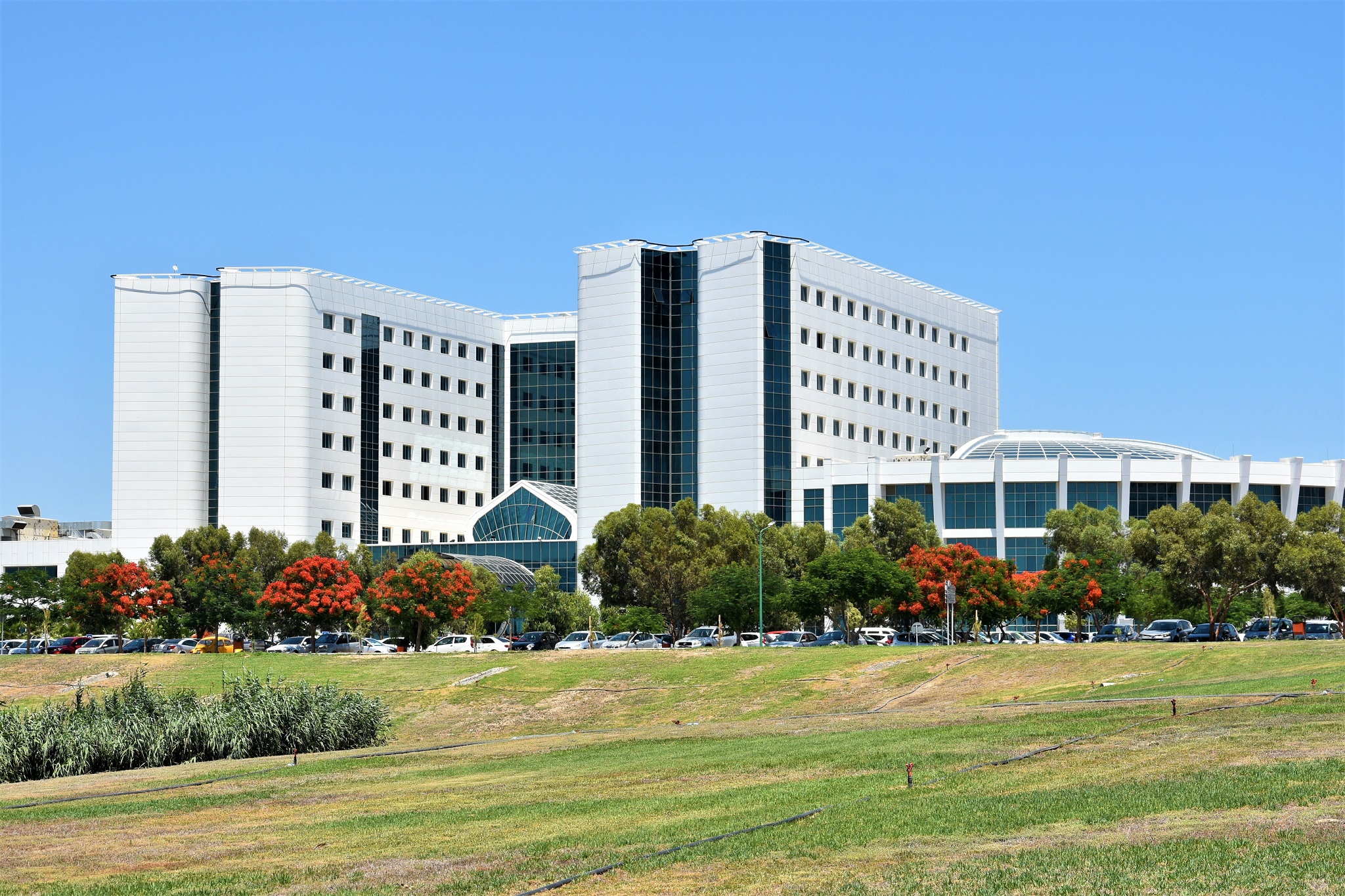
Most Common Joint Rheumatism…
Rheumatology Specialist, Dr. Hülya Vahedi stated that this was the most common inflammatory joint rheumatism and that it was chronic. Thus, she stated that the disease went on for a long time and in fact, it could be a lifelong disease. She said: “The probability of rheumatoid arthritis is twice or ten times higher than normal in the first-degree relatives of a patient with rheumatoid arthritis. HLA-DRB1 gene is the most responsible gene in this disease. In individuals with genetic predisposition, some environmental factors play a role in detecting the disease. Among the environmental factors, smoking and Porphyromonas gingivalis, responsible for chronic gingivitis in the mouth, are known to play a role in the development of Rheumatoid Arthritis.
More Common in Women…
Specialist Dr. Hülya Vahedi expressed that rheumatoid arthritis is seen in approximately 0.5% or 1% and more commonly in women. Furthermore, she said that this disease was most common between the ages of 25 and 55 years and that symptoms of the disease are mainly seen in the joints and tendons around the joints. Moreover, she said that it was a symmetric disease and in addition to the joints, it could be seen in subcutaneous nodules, lungs and hearts and some other organs.
Symptoms:
Specialist Dr. Hülya Vahedi provided details regarding the symptoms of the disease and that it caused swelling of the joints and morning stiffness lasting more than an hour. Furthermore, she stated that the disease typically begins as swelling and stiffness in the small joints of the hands and feet, wrists and ankles. Over time, it may also be seen at the elbows, shoulders, knees and hip joints.
Specialist Dr. Hülya Vahedi said: “New joint involvement occurs within months. Symmetric involvement is an important finding. In typical rheumatoid arthritis patients, more than five joints are involved. Morning pain and night pain is rather high. As an individual moves there is a decrease in joint pain and stiffness in the morning.”
In addition to the above, Specialist Dr. Hülya Vahedi expressed that in some cases, rheumatoid arthritis may develop very quickly. She also said that the disease caused pain, swelling and stiffness in all joints and that patients with rheumatoid arthritis may have too much pain and stiffness to get out of bed. She pointed out that sometimes the disease may occur in a single joint or several joints.

Types
Specialist Dr. Hülya Vahedi provided information about the different types of this disease and said that rheumatoid arthritis had an onset form called palindromic. This type of acute swelling of a single joint at the beginning could take approximately three days to be completely recovered. She expressed that these attacks could be repeated in different joints months later. Moreover, she stated that this disease had a type of rheumatoid arthritis that starts in the elderly ages such that in those who have this type, the disease begins with severe morning and night stiffness of the shoulders and hips. She also pointed out that Polymyalgia may be mistaken for another disease called Romatika.
Diagnosis and Treatment
Delay in diagnosis and treatment of people with rheumatoid arthritis could lead to deformities such as swan neck deformity, buttonhole deformity and ulnar deviation in hands. Specialist Dr. Hülya Vahedi said that the diagnosis of rheumatoid arthritis can be made mainly by the complaints and examination findings of the patients. She stressed that the follow-up of patients and certain findings acquired via laboratory and radiology mayb help in diagnosing the disease.
Specialist Dr. Hülya Vahedi said: “Other possible diseases should be eliminated. In the treatment of rheumatoid arthritis, corticosteroids and basic drugs that change the course of the disease are used. In addition to drug treatment, patients' joint and muscle strengthening exercises should be done.”